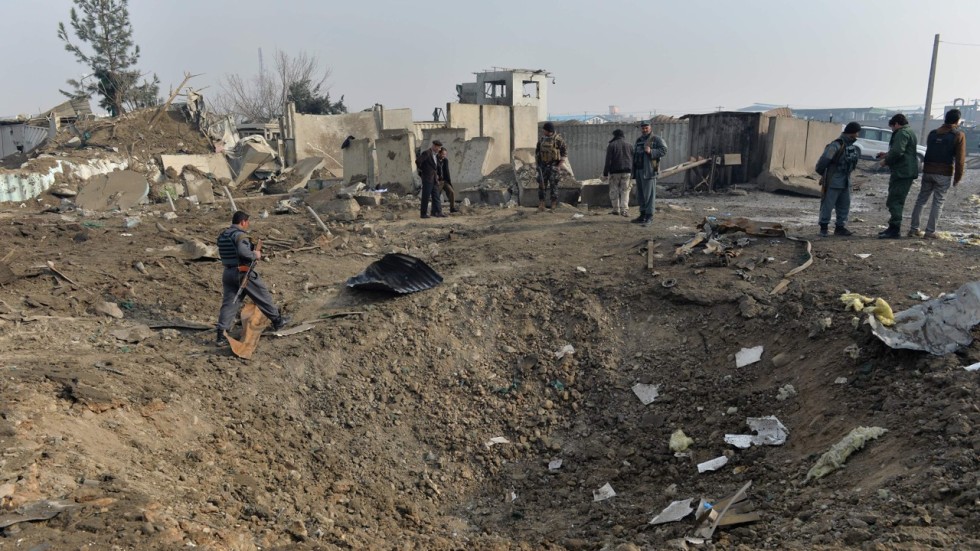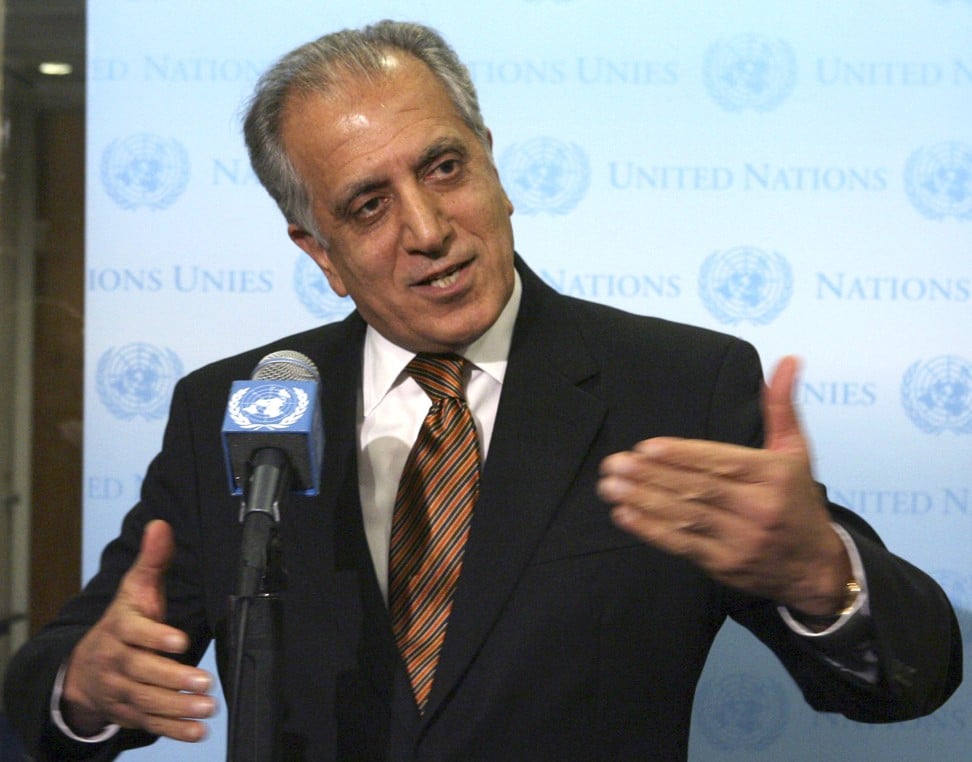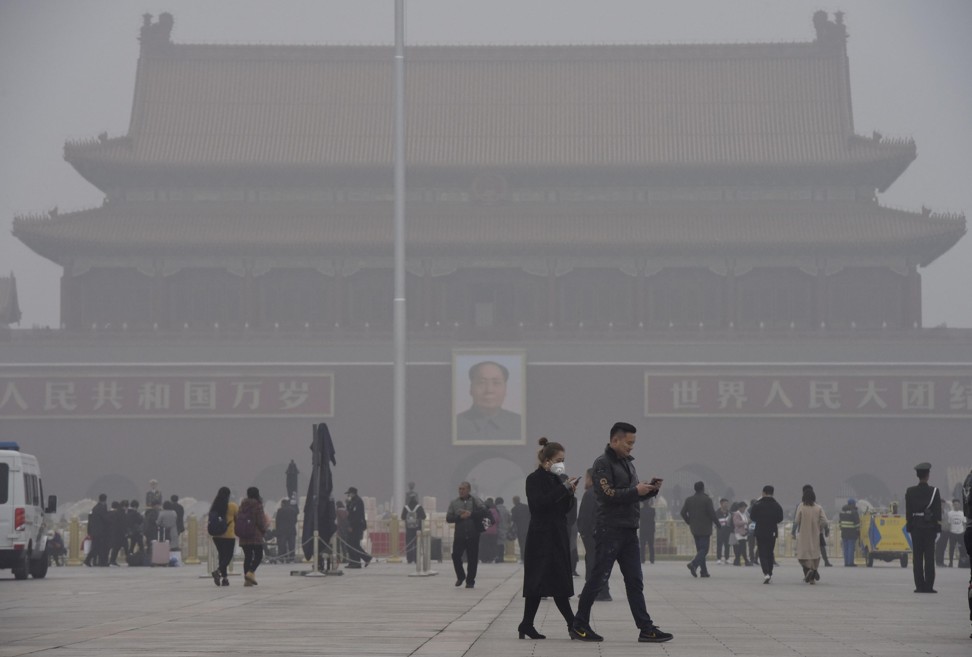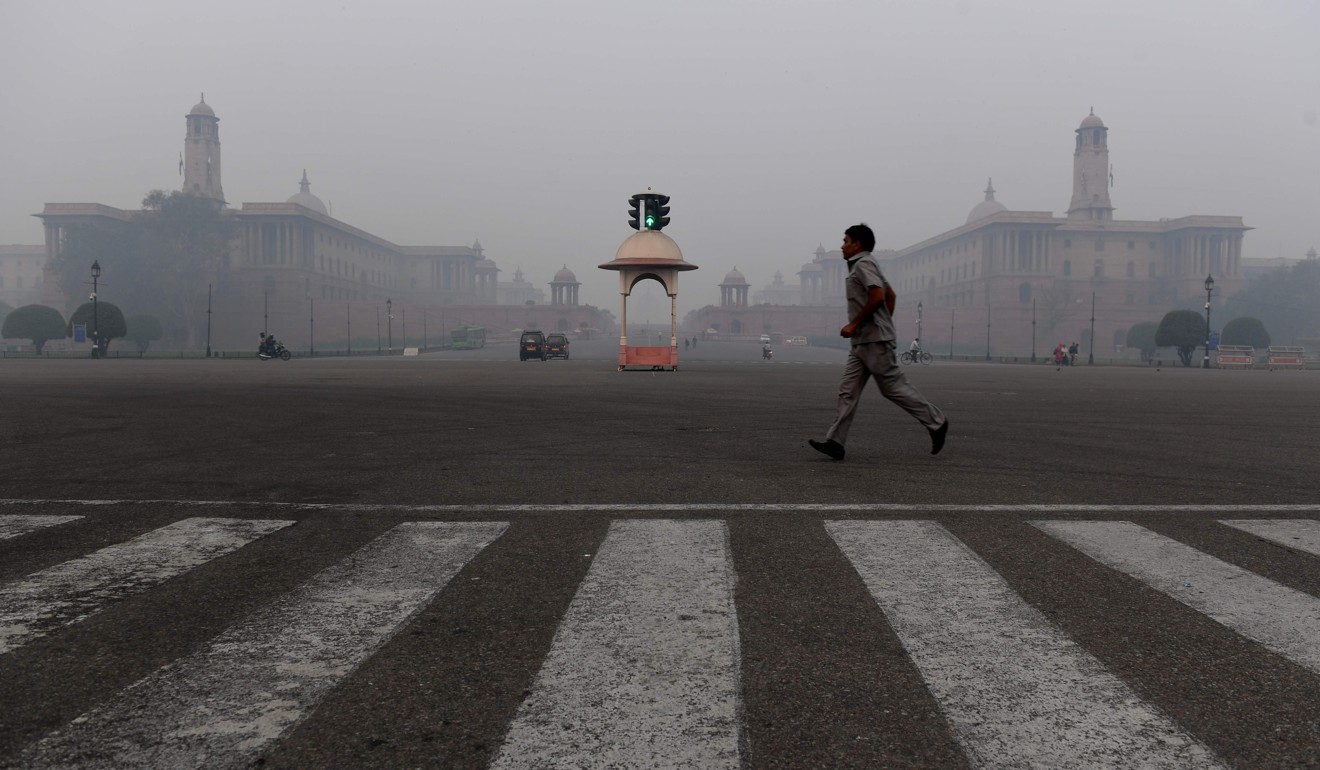Chayanika Saxena
 Against the backdrop of a volatile global order, the Indo-Chinese bonhomie in Afghanistan offers a lesson in constructive competition
Against the backdrop of a volatile global order, the Indo-Chinese bonhomie in Afghanistan offers a lesson in constructive competition
Far from being stable, Afghanistan is yet to even see its many conflicts end. The fractured political, economic and social reality of Afghanistan that we witness today is, in fact, the creation of a fractured mandate for peace. Despite the sheer number of international peace processes that have been initiated in Afghanistan’s name, little has been achieved in terms of restoring peace, stability and order there. These processes have often paralleled each other, vying for significance lest peace is attained but not on their terms. This unfortunate trend continues to date.
The rival powers of the United States and Russia have once again made Afghanistan an arena of their power play. Today, both these countries have put in place their own mechanisms that do not necessarily speak to each other.
Whereas the eagerness of the US to exit from Afghanistan has it talking to the Taliban, bypassing the Afghan government, Russia’s dalliance with the militant group is not new. The Russians have come up with their own format for peace negotiations that once again sidelines Afghan concerns.
Consequently, there are two disparate attempts at peace that have left Afghanistan as precarious as it was before these processes began. In fact, some say the situation is even worse.
But in the midst of all this, an emerging bonhomie between China and India holds some promise. Agreeing to cooperate on Afghanistan, the Asian giants have combined their efforts in assisting this war-torn country to stand on its feet again. Can Asian cooperation prevail over international rivalries and save the day?
Realising its war is unwinnable, the US seems to be looking for ways to make an imminent exit from Afghanistan look honourable. It is in light of this realisation that it has pushed for yet another round of peace talks. However, this time, Washington has no pretensions about who is driving the process. The recent push for peace under a newly minted US Special Representative for Afghanistan Reconciliation, Zalmay Khalilzad, involves direct talks with the Taliban among other groups.
 An Afghan-American diplomat, Khalilzad is no stranger to Afghanistan. He was US ambassador to the country between November 2003 and June 2005 and was witness to some of the lasting political developments there.
An Afghan-American diplomat, Khalilzad is no stranger to Afghanistan. He was US ambassador to the country between November 2003 and June 2005 and was witness to some of the lasting political developments there.
Among the primary supporters of the American war in Iraq, his ideological hawkishness, familiarity with Afghanistan and contacts in South Asia and the Middle East made him the Trump administration’s favoured choice. His role, according to his Twitter, is to facilitate “an intra-Afghan dialogue that leads to a sustainable peace where all Afghans have a say in their country’s future”.
This is not a reversal of policy. In his speech at Fort Myer last year, Trump warned that American help would not go on forever. Also, for it to continue, Trump categorically stated that he would require others to stick to their end of the bargain. While help has not yet been withdrawn, Washington seems to have had enough. Exiting from Afghanistan was built into the speech itself.
Overall, Washington’s “renewed” efforts to achieve peace have generated plenty of scepticism and criticism. Firstly, Khalilzad’s reported emphasis on delivering peace within six months is not realistic. Secondly, Khalilzad’s initiatives seem to be bypassing the Afghan government, which is far from ideal.
Washington’s talks with the Taliban not only fly in the face of its initial position, they also undermine the Afghan government’s stance on shunning the group.
For Russia, too, things have come full circle. Once dubbed the USSR’s Vietnam, Afghanistan is where the Soviets suffered huge losses in terms of morale, exemplified by the ousting of the communist-backed PDPA regime of Mohammed Najibullah in 1992.
Since 2016, however, Moscow has assumed the mantle of helping Afghanistan settle its disputes.
The consultations involving 12 countries focused on efforts to “coordinate the development of an inclusive intra-Afghan dialogue towards promoting the process of national reconciliation and the restoration of peace as soon as possible in the long-suffering Afghan state”.
As two of the fastest-growing economies in the world with a combined population of more than 3 billion people, China and India are increasingly engaged in fierce rivalry. Afghanistan, however, stands apart as a country where Chinese and Indian efforts are converging.
 Afghanistan is well-placed to become a safety-valve of sorts where India and China can cooperate and let off steam in their otherwise tense relationship. Their cooperation – for example on projects such as training Afghan diplomats – cannot only help Afghanistan, but also reflect their collective intent as well.
Afghanistan is well-placed to become a safety-valve of sorts where India and China can cooperate and let off steam in their otherwise tense relationship. Their cooperation – for example on projects such as training Afghan diplomats – cannot only help Afghanistan, but also reflect their collective intent as well.
Against a backdrop of debilitating trade wars and the unilateral imposition of sanctions on Iran by the US, Afghanistan could very well become a launching pad to further coordination and cooperation between China and India elsewhere.
Given their stakes in the region, both China and India realise that they stand to benefit from a stable Afghanistan in material and strategic ways. What makes their cooperation possible is their respective evaluation of needs, which they understand are different but not in conflict. India and China realise they can coexist in Afghanistan, unlike the other competing powers.
Moreover, unlike the Western-driven models of peace and reconciliation, India and China have found themselves in the facilitator’s seat. Their popularity within Afghanistan is a testament to their hands-off approa

1 comment:
WOW! Nice article and writing style is also so good. Thanks for Sharing.
Nepali Patro
Post a Comment